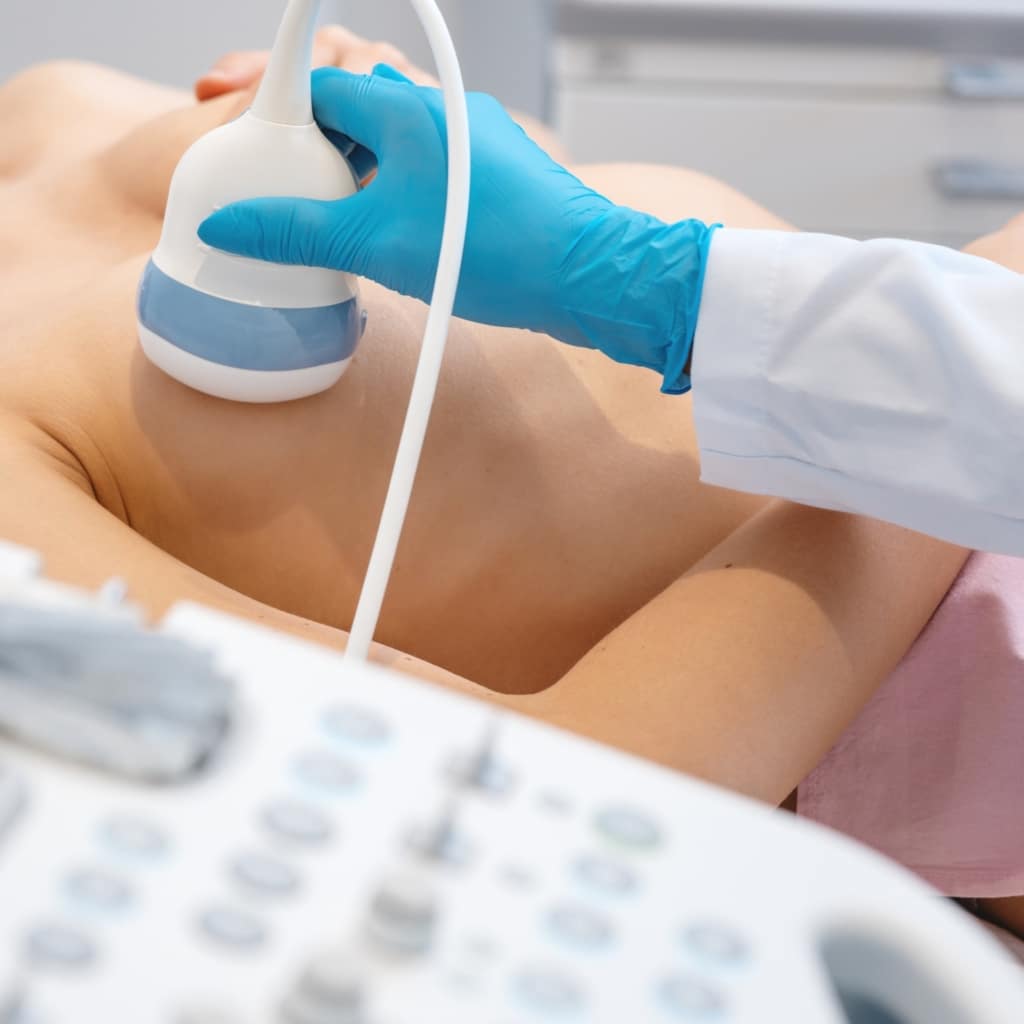
It is not unusual to have concerns about the presence of breast cysts, or fibrocystic changes, which can cause you anxiety when you observe your breasts. But are breast cysts dangerous, and what should I do if I think I have them? Read our answers to your most frequently asked questions on this topic.
What is a breast cyst?
A breast cyst is a common type of non-cancerous (benign) fluid-filled mass of varying sizes. Hormonal changes seem to be related to the occurrence of breast cysts, which appear mostly in women aged 30-50 or in women who are taking hormone replacement therapy at menopause.
You may have one or more cysts, and these may appear in one or both breasts. Sometimes, when many (usually small) cysts are present, this can be called fibrocystic changes or fibrocystic breast disease. This is a common benign breast condition.
Do breast cysts increase the risk of breast cancer?
Breast cysts are usually not a health risk; they are very rarely cancerous, do not increase the risk of breast cancer, and only exceptionally develop into a cancerous condition.
What does a breast cyst look like?
The signs or symptoms of a cyst may vary from one person to another and with the menstrual cycle. A cyst may appear as a lump in a breast, which moves easily within the tissue, and which may grow and be tender or even painful. If the mass is large enough, it can be detected by eye or clinical breast examination.
During fibrocystic changes, cysts may be too small to be detected by touch. However, lumpy, fibrous, irregular areas of the breast may be noticed when probed. There may also be swelling or a feeling of heaviness in the breasts.
In the event of a new and/or persistent change, or if you are unsure, it is always imperative that you speak with a physician promptly, regardless of the possible cause, including cysts. If you have any questions or concerns about breast cancer, please feel free to contact the peer helpers staffing our helpline at 1 855 561 ROSE (7673).
How do you distinguish a cyst from a cancerous tumor?
Breast palpation (examination by feeling the body with the fingers and hands) is not sufficient to distinguish a cyst from a solid tumor, which may or may not be cancerous. If a breast cyst is suspected, examinations can be performed to identify the lump.
Mammography and ultrasound can find small cysts that cannot be detected by palpation. Mammography cannot distinguish a solid mass from a fluid-filled lump. Ultrasound, on the other hand, can confirm the liquid nature of a cyst. Sometimes, in case of doubt, a puncture of the cyst will confirm the diagnosis.
In the rare case of the presence of a solid nodule within a cyst, a needle biopsy may be performed to analyze the content.
Should breast cysts be treated?
Most breast cysts will disappear on their own. However, if one or more cysts remain in the breast, the doctor may ask for monitoring to ensure that they do not grow. Different situations may also arise:
- It is advisable to seek advice from a doctor to relieve symptoms of pain caused by a cyst or fibrocystic changes.
- If a cyst is very large and does not disappear, or if pain/discomfort persists, the doctor may suggest puncturing it to drain the fluid.
- If it recurs despite puncturing or if there is any doubt that it is cancerous, surgery may be suggested.
Remember: breast observation is not about looking for an abnormality, nor is it about self-diagnosis. It is about knowing your body and its changes so that you have a benchmark for what is normal and usual. It is important to remember that any change or lump does not automatically mean breast cancer either, but that your doctor should monitor you as soon as possible.
If you are feeling anxious about breast cancer, don’t forget that the peer helpers staffing our helpline at 1 855 561 ROSE (7673) can answer your questions, support you and guide you to the right resources.
Sources:
French National Cancer Institute
National Comprehensive Cancer Network (NCCN), Algorithm for management of a palpable lump


